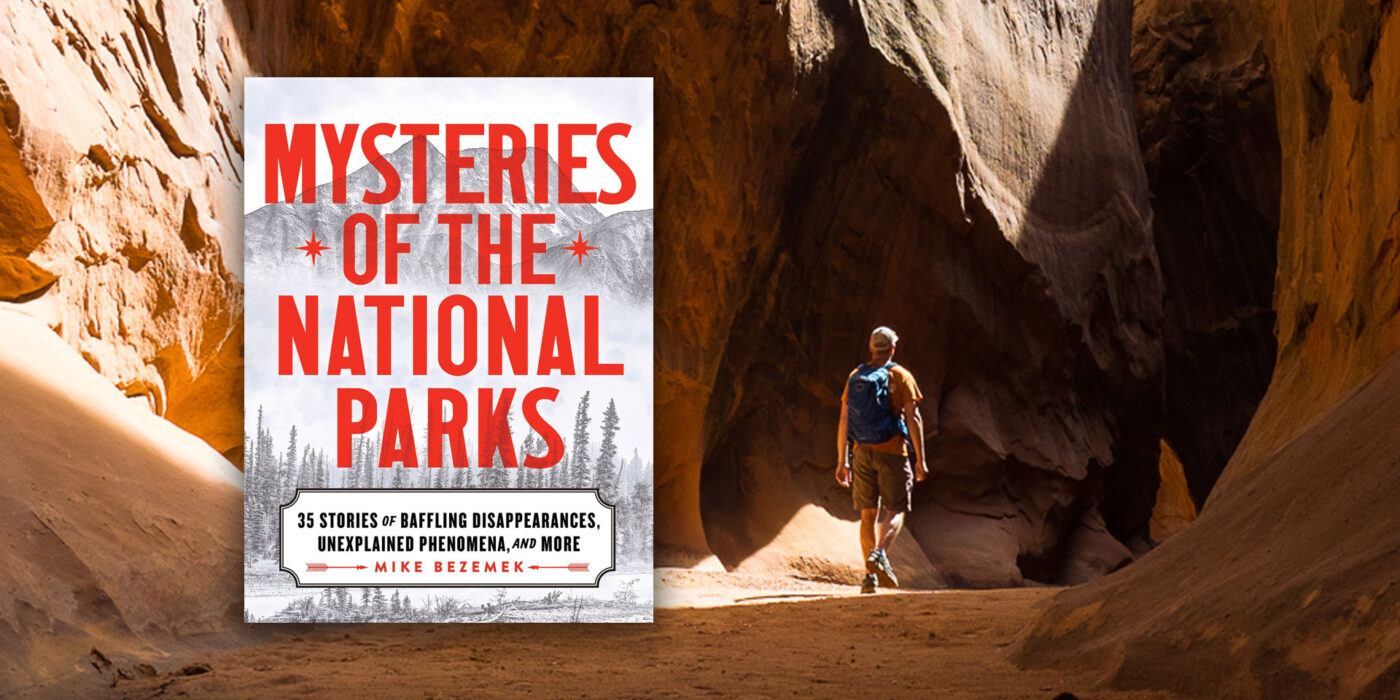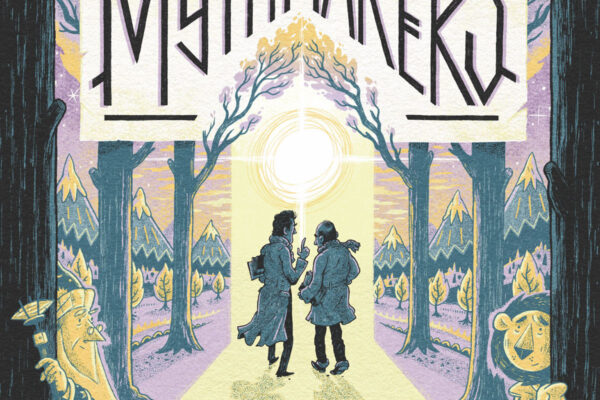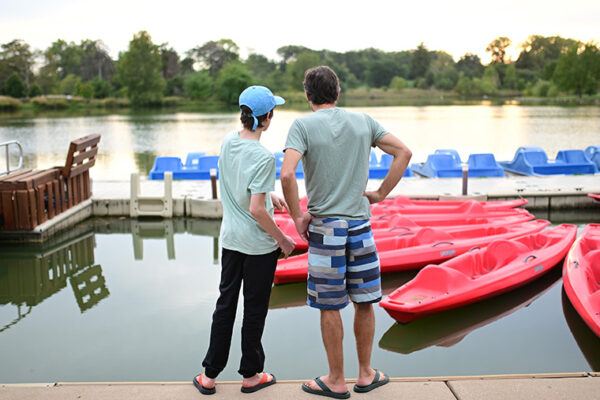“What do you think about when you hear the term ‘national’ park? Maybe you see a vast expanse of rugged mountains with scenic views and winding trails … Geysers erupting above roaming bison and grizzly bears. A granite valley carved by glaciers. … A vast wilderness with impenetrable forests. Most people hope to visit a least one national park in their lifetime; adventurous travelers may think about visiting every park someday.
“Few people consider unraveling a mystery when they visit one of America’s protected natural or cultural wonders. Yet some of the world’s most puzzling events and strangest discoveries have happened in U.S. national parks. …”
From the beginning of his introduction above through the last chapter, author Mike Bezemek, MFAW ’08, takes readers on a wild journey of unexpected adventure in Mysteries of the National Parks: 35 Stories of Baffling Disappearances, Unexplained Phenomena, and More (Sourcebooks, 2025).
In the book, Bezemek traverses the U.S. from west to east, separating national parks and other National Park Service (NPS) units into five geographic regions: the West Coast, the Mountain West, the Great Plains and Midwest, the South and the Northeast. He further breaks down the 35 mysteries into six different categories: Baffling Disappearances, Hidden History, Infamous Crimes, Legendary Figures, Strange Discoveries and Unexplained Phenomena. And each chapter starts with a question — one that Bezemek seeks to illuminate by dramatizing historical events and scientific discoveries.
In the Northeast, Bezemek explores the question, “Did Pocahontas save John Smith’s life?” in a Legendary Figures chapter based in Colonial National Historical Park.
Bezemek begins his inquiring exploration on the West Coast in Washington State with the story of Kenneth Arnold, an experienced search-and-rescue volunteer who witnessed bright orbs flying in unison in Mount Rainer National Park in the mid-1940s. In this Unexplained Phenomena chapter, Bezemek asks “Did Kenneth Arnold spot the first flying saucer?” Among the vignettes based in the Mountain West, Bezemek examines the question, “Why did the Cliff Dwellers abandon their stone palaces?” in a Baffling Disappearances chapter based in Mesa Verde National Park. In the Great Plains and Midwest, he asks, “Was the St. Louis Arch designed to control the weather?” in a Hidden History chapter. In the South, his questions include “Did soldiers’ wounds glow after a Civil War battle?” in an Unexplained Phenomena chapter based in Shiloh National Military Park. In the Northeast, Bezemek explores the question, “Did Pocahontas save John Smith’s life?” in a Legendary Figures chapter based in Colonial National Historical Park.
Throughout the book, Bezemek constructs his compelling accounts on copious primary and secondary sources. “It was tough to keep track of everything,” Bezemek says. “There could be dozens of sources to write just one chapter. During the process, I occasionally would have to hit pause on a mystery and move on to another one. And there were also a bunch of false-start chapters that I decided not to pursue, because they were overly complicated.”
What is straightforward and comes through clearly is Bezemek’s reverence for the entire National Park Service system. “Growing up out west, in El Cerrito, California, which is the town north of Berkeley, I was an outdoorsy kid,” Bezemek says. “My parents took me to national park units when I was young. The first ones I would have gone to were those nearest the Bay Area: Muir Woods National Monument, Point Reyes National Seashore, Yosemite National Park. I became a Boy Scout and read a lot of outdoor books as a kid, too. So I’ve always had an interest in the outdoors.”
As an undergraduate, Bezemek attended University of California, Davis, earning a degree in geology and becoming a raft guide, backpacking guide and winter guide through the university’s Outdoor Adventures program. “A lot of the outdoor guides studied wildlife biology and geology,” Bezemek says. “I went with geology because I like the physical side of science. I like to learn about the big questions: ‘How and why does a river take its shape?’ That’s an interesting mystery in and of itself.”
After graduation, Bezemek worked on field crews doing geology, hydrology and wildlife projects. But a few years in, he knew that without an advanced degree in the field, he would need to look at doing something else. “I liked being outside, pushing the envelope — for example, getting samples off of whitewater rivers,” he says. “I enjoyed the adventure but didn’t really want to do the lab work.”
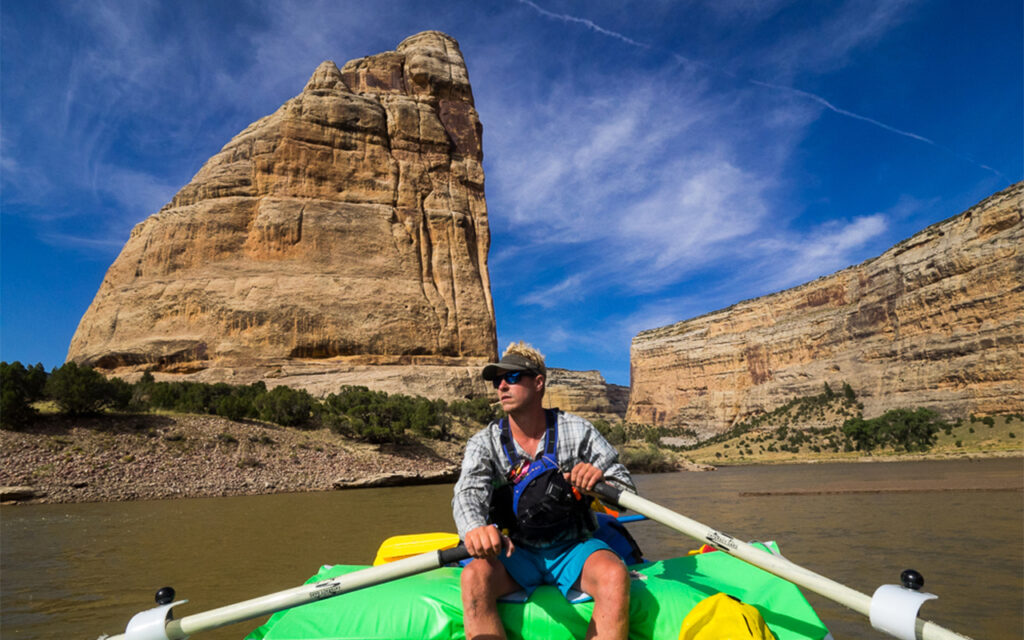
Although initially intimidated, Bezemek turned to writing. “I considered becoming a science teacher, but I was writing a lot of fiction at the time,” he says. “And since my mom was into writing fiction, I had it in my head that I’d write fictional adventure stories. Then I applied to graduate writing programs. After a site visit and admiring campus, I decided to attend WashU.”
Bezemek started out in the fiction-writing track of the English department’s MFA program, but then received some prescient advice from novelist Kyle Winkler, a classmate (and still close friend): “You go out and do the things you’re writing about, so why fictionalize them? Why not just write nonfiction?”
“It was an epiphany moment,” Bezemek says. “And I pivoted hard to nonfiction, writing more about the trips I do — the outdoor trips, the adventure trips, the places I go — using the same writing techniques that we were developing.”
Bezemek now has seven nonfiction books and numerous magazine feature articles to his credit. Among his book titles are Space Age Adventures: Over 100 Terrestrial Sites and Out of This World Stories (2023); Discovering the Outlaw Trail: Routes, Hideouts, and Stories from the Wild West (2023); Paddling the John Wesley Powell Route: Exploring the Green and Colorado Rivers (2018); and Paddling the Ozarks: A Guide to the Area’s Greatest Paddling Adventures (2017).
Bezemek wrote Paddling the John Wesley Powell Route and Paddling the Ozarks while he was teaching writing at WashU after graduating with an MFAW. He’d frequently visit national parks in Utah and Colorado and spend time on the Buffalo River in the Ozarks. Then when his wife, Ina Seethaler, received a tenure-track offer in South Carolina, the two moved to the Southeast. New to the region, Bezemek plotted a new type of travel. Together, the two headed up the East Coast and visited historical sites, museums and battlefields, including the museums on the National Mall, the Wright Brothers National Memorial and Fort Raleigh National Historic Site. The trip led to a deeper appreciation of the region’s history and the breadth of offerings the National Park Service manages.
“When I discovered the Lost Colony is part of an NPS unit, I thought it was so cool. And Fort Raleigh is such a good National Historic Site.”
Mike Bezemek
“Growing up on the West Coast, I learned a little about the lost English colony, but it was like one line in a textbook,” Bezemek says. “When I discovered the Lost Colony is part of an NPS unit, I thought it was so cool. And Fort Raleigh is such a good National Historic Site. Not only does it preserve an old English fortification, but there’s also a nature trail, a museum and a monument commemorating the Roanoke Island Freedmen’s Colony set up during the Civil War.
“As we were driving away from Fort Raleigh, I thought, ‘Man, that’s a good mystery.’ And I had another thought: ‘I also know a lot of mysteries from out west, too.’ I knew about the sliding stones at Death Valley from college. I knew about the Cliff Dwellers of Mesa Verde and others.”
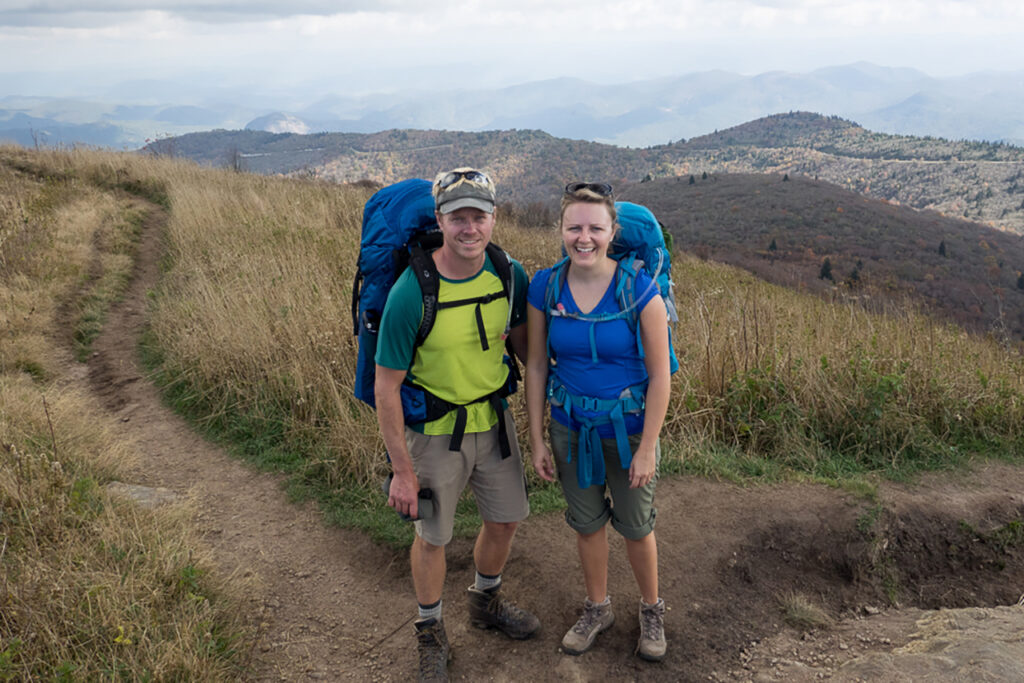
At first, Bezemek thought he’d turn his idea into a magazine series about “outdoor mysteries you can visit.” But after researching the topic further, he found numerous mysteries involving national park units. He said he has enough material for two more such books.
For now, though, readers have Mysteries of the National Parks to pique their interest. “Foremost, I wanted the book to cover more than the big mountain parks in the West, which is common in books about the national parks,” Bezemek says. “I wanted to balance the book across the entire country, to reflect the entire park system, which is vast. And I wanted to help direct readers to new park sites and stories they might not be familiar with.”
